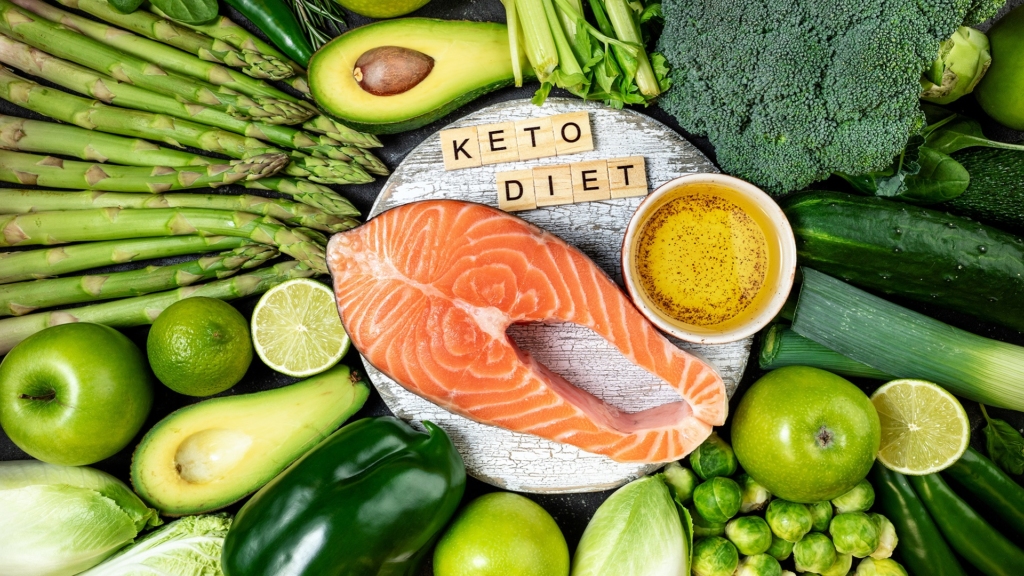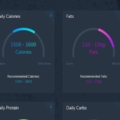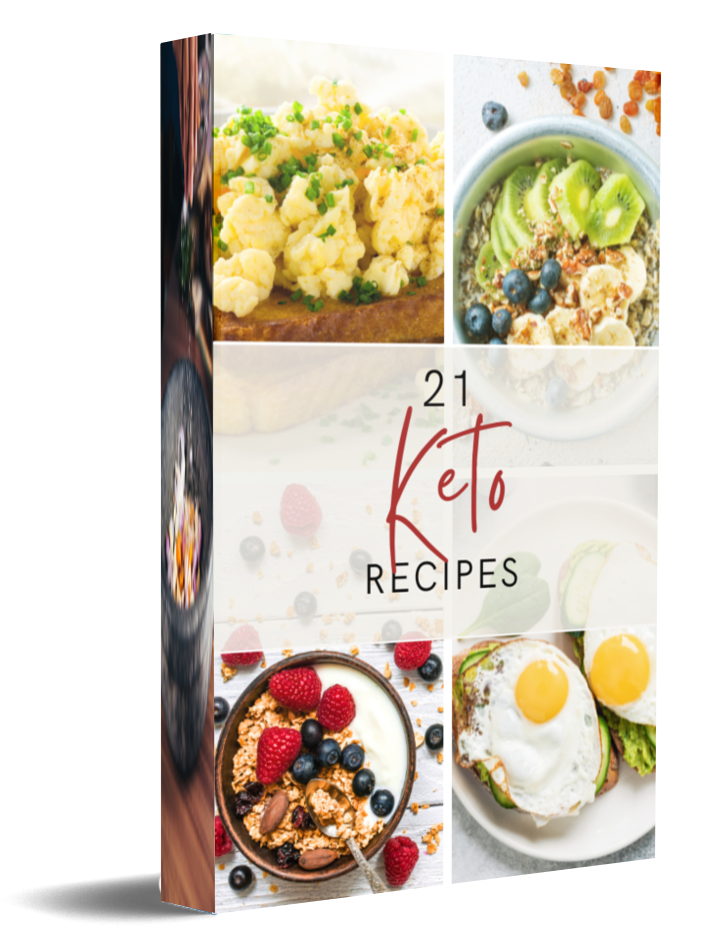The keto diet is a low-carb, high-fat diet that can help you lose weight and improve your health. This article will provide an introduction to the keto diet, what it is, and how it can help you with your weight loss goals.
What is the Ketogenic Diet?
The ketogenic diet is a diet that puts your body in a situation of very low carbohydrate intake — as little as 0.5 grams per day or even fewer, with the intention of forcing your body to rely on burning fat for energy. This can be done by following a keto meal plan that typically includes 20 -50 grams of net carbs or less per day.
Benefits of the Ketogenic Diet
The most common benefits of a keto diet are:
- Reduction in hunger
- Improved cognitive function
- Weight loss
Some people also report improvements in their skin and general mood when on this diet, but the long-term effects have not been studied thoroughly.
Risks of the Ketogenic Diet
Some risks associated with the diet include constipation, kidney stones, and nutrient deficiencies. Additionally, a ketogenic diet may increase the risk of osteoporosis and certain types of cancer due to limited calcium intake.

What is Ketosis?
Ketosis is a physiological state where the body begins to use fat as its primary source of fuel. Ketosis is a natural process that your body goes through when it starts to break down fat for energy. This is because your brain and other organs don’t need much energy, so it will start using the fats stored in your adipose tissue as fuel instead.
The human body has two main sources of energy: glucose from carbohydrates and ketones from fat. Glucose is the more efficient of the two, but if you don’t have much available, then your body will use ketones as an alternative fuel.
What to Eat on a Keto Diet?
The keto diet is a low carbohydrate, high fat diet that helps to lose weight. The main goal of the keto diet is to get your body into a state of ketosis. Ketosis occurs when your body does not have enough glucose from carbohydrates to use as fuel, so it turns to fat stores for energy instead. This process produces ketones which are released into the bloodstream and used by cells in other parts of the body as well.
The following list includes some low carb food options that can help you stay on track with your keto diet and maintain a healthy lifestyle:
- Avocado
- Coconut oil
- Dark chocolate
- Eggs
- Leafy greens
- Meat (lean white fish, skinless poultry and grass-fed beef)
- Nuts
- Olives
- Sardines
- Seafood
- Unsweetened iced teas
- Vegetables
Conclusion: How to Transition Into a Keto Diet Lifestyle
Before we get into the specifics of transitioning into a keto diet, let’s talk about how you can tell if you are in ketosis or not. Ketosis occurs when your body starts breaking down fat instead of carbs for energy. When your body is in ketosis, it will produce a byproduct called “ketones.” These are mostly found in urine and breath samples. You can also test your blood to see if you are in ketosis by using an at-home kit or sending your blood sample to a lab for a blood test.




